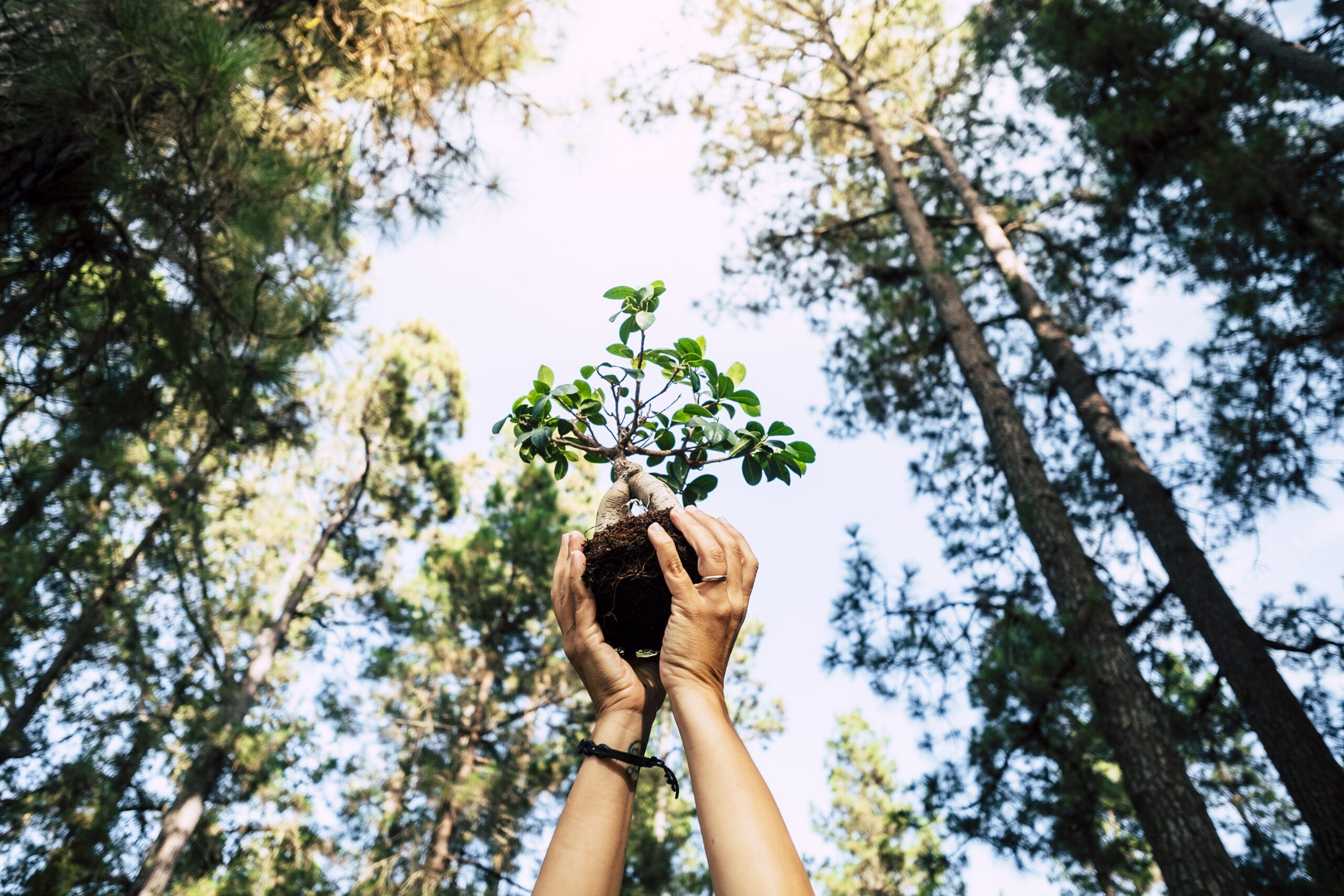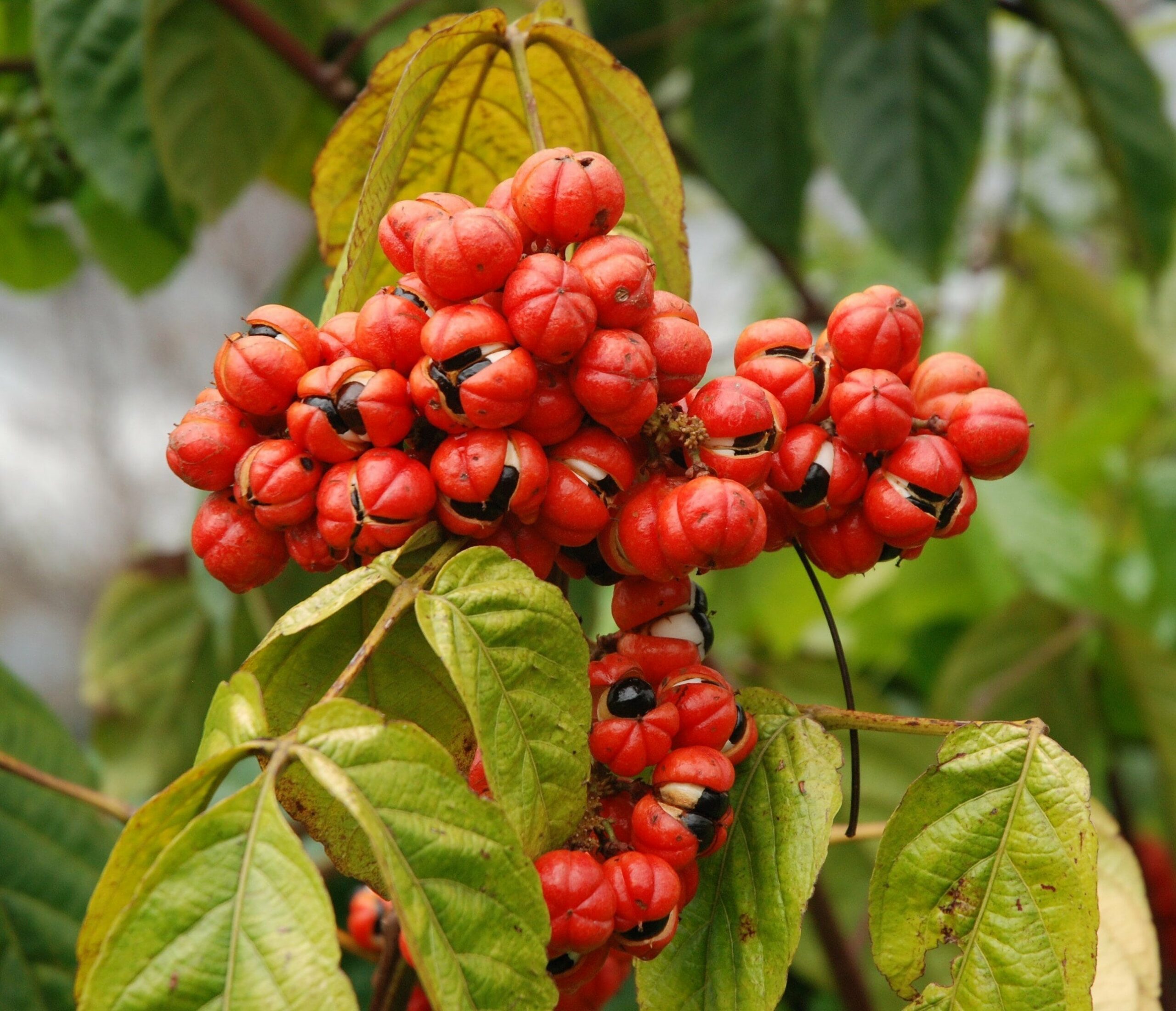Carbon sequestration plays a critical role in reducing greenhouse gas emissions and achieving climate goals.
Carbon sequestration refers to the process of capturing and storing carbon dioxide (CO2) from the atmosphere or other emission sources to prevent it from being released into the air. It is a crucial approach in mitigating the greenhouse effect and combating climate change. It can help offset emissions from various sectors and contribute to the transition towards a more sustainable and low-carbon future.
There are several methods of carbon sequestration, each with its own mechanisms and applications. The sequestration can be made through very natural processes, as natural ecosystems like forests, wetlands, and oceans play a vital role in absorbing CO2 through photosynthesis. Plants absorb CO2 during photosynthesis and convert it into organic matter, effectively storing carbon. Trees, in particular, can sequester carbon for long periods if left undisturbed.

Techniques such as afforestation (planting trees where there were none), reforestation (re-establishing forests), and adopting sustainable agricultural practices help increase soil carbon content. This approach involves implementing land management practices that enhance carbon storage in soils. Oceans as well act as a vast carbon sink by absorbing atmospheric CO2. This natural process helps mitigate the impact of CO2 emissions. However, excessive absorption of CO2 can lead to ocean acidification, which poses risks to marine life.

As sustainability is a main guideline for Ingrenium, we comprehend the reduction of greenhouse gas emissions as something crucial for the future of the planet. With this in mind, we are currently engaged in the development of a project in the Amazonian region called Tapera Jungle. The mission of this project is to conserve 43,000 ha of Amazon rainforest through forest conservation and sustainable forest management, thus resulting in reduction in thousands of tons of CO2 per year. To know more about our Tapera Jungle project and others projects developed by Ingrenium, please check our projects page.


